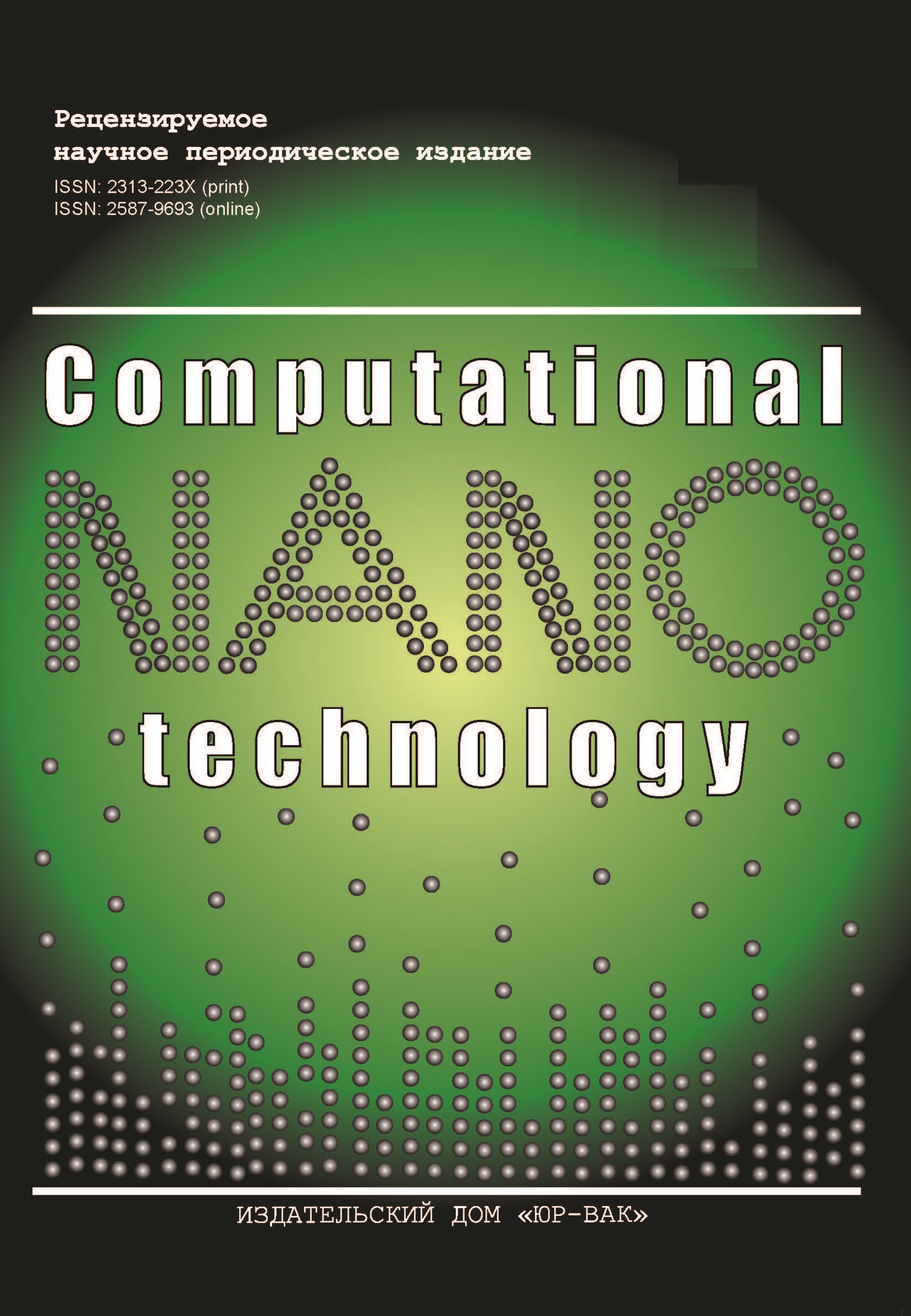Effect of Surface Sensor and External Reference Node on Process Temperature Measurement Accuracy
- Authors: Iskandarov N.1, Bagishov E.1, Isgandarzada E.2
-
Affiliations:
- Azerbaijan State Oil and Industry University
- Azerbaijan Technical University
- Issue: Vol 9, No 1 (2022)
- Pages: 145-153
- Section: Articles
- URL: https://journals.eco-vector.com/2313-223X/article/view/529884
- DOI: https://doi.org/10.33693/2313-223X-2022-9-1-145-153
- ID: 529884
Cite item
Abstract
As we know, one of the most important and important issues in the implementation of technological processes is the implementation of accurate and correct temperature measurements. During the research, attention was paid to the measurement errors in temperature measurements of technological processes using thermocouples and methods of minimizing those errors. In addition, errors in thermocouple temperature measurements were briefly discussed, and for temperatures limited to a certain range, the T-type thermocouple achieved several times less error than the allowable error specified in the normative documents. It is known that when describing thermocouples in the technical literature, first of all, industrial devices with high temperature coefficient and medium class accuracy are considered. Also, as we know, in domestic applications, the temperature difference between the measurement and the reference node varies mainly within the minimum threshold range. Therefore, if the main source of error is the internal reference temperature compensation in the measuring instrument, it is almost impossible to determine the proportion of errors due to the thermocouple itself. The study found that the measurement error can be significantly reduced when determining the temperature of technological processes using an external reference node. At the same time, since the special application of temperature measurements of technological processes covers the measurement of indoor and outdoor temperatures, the errors due to the effect of radiation on the sensor from the surrounding surfaces are many times higher than the allowable error. For this reason, tools have been proposed to assess the radiation effects on typical thermocouples, along with proposals for modification of thermocouple sensors to reduce the potential radiation exposure and thus increase measurement accuracy.
Full Text
About the authors
Nabi Iskandarov
Azerbaijan State Oil and Industry University
Email: nabi.iskandarov@engineer.com
doctoral student Baku, Republic of Azerbaijan
Elmin Bagishov
Azerbaijan State Oil and Industry University
Email: elmin.baghishovs@gmail.com
dissertation student Baku, Republic of Azerbaijan
Elchin Isgandarzada
Azerbaijan Technical University
Email: elchin.isgenderzade@gmail.com
Dr. Sci. (Eng.), Dr. Sci. (Phil.), professor; Head at the Department “Metrology and Standardization” Baku, Republic of Azerbaijan
References
- Isgandarzada E.B., Aslanov Z.Y. Methods and means of measurement and control. Baku, 2017. 290 p.
- Farzana N. Technological measurements and devices. Baku, 1986. 132 p.
- Dimov Y.V. Metrology, standardization and certification: Textbook for universities. 3rd ed. St. Petersburg: Piter, 2010. 245 p.
- Chistoforova N.V., Kolmogorov A.G. Technical measurements and instruments. Part 1. Measurement of heat and power parameters. Tutorial, Angarsk, 2008. 200 p.
- Nilsson H., Sandberg M., Lundstrom H., Stimne H. Experimental methods of ventilation // Add. Build. Res. Energy. 2008. Pp. 159-210.
- Srebrik J., Chen K. Procedure for verification, validation and reporting of CFD analyzes of the internal environment // HVAC&R Res. 2002. Pp. 201-21.
- Hoff T., Blocken B. Field measurements of natural ventilation in a large semi-enclosed stadium: Suitability for CFD testing // Proceedings of the 10th International Conference on Healthy Buildings, Brisbane, Australia, 8-12 July 2012. Vol. 2. Pp. 1346-1351.
- Childs P.R., Greenwood J.R., Long C.A. Overview of temperature measurement // Reverend Sciences. Tool. 2000. No. 71. Pp. 2959-2978.
- International standard IEC 60584-1:2013 “Thermocouples”. Part 1. EMF specifications and tolerances. International Electrochemical Commission. 2013. P. 14.
Supplementary files









